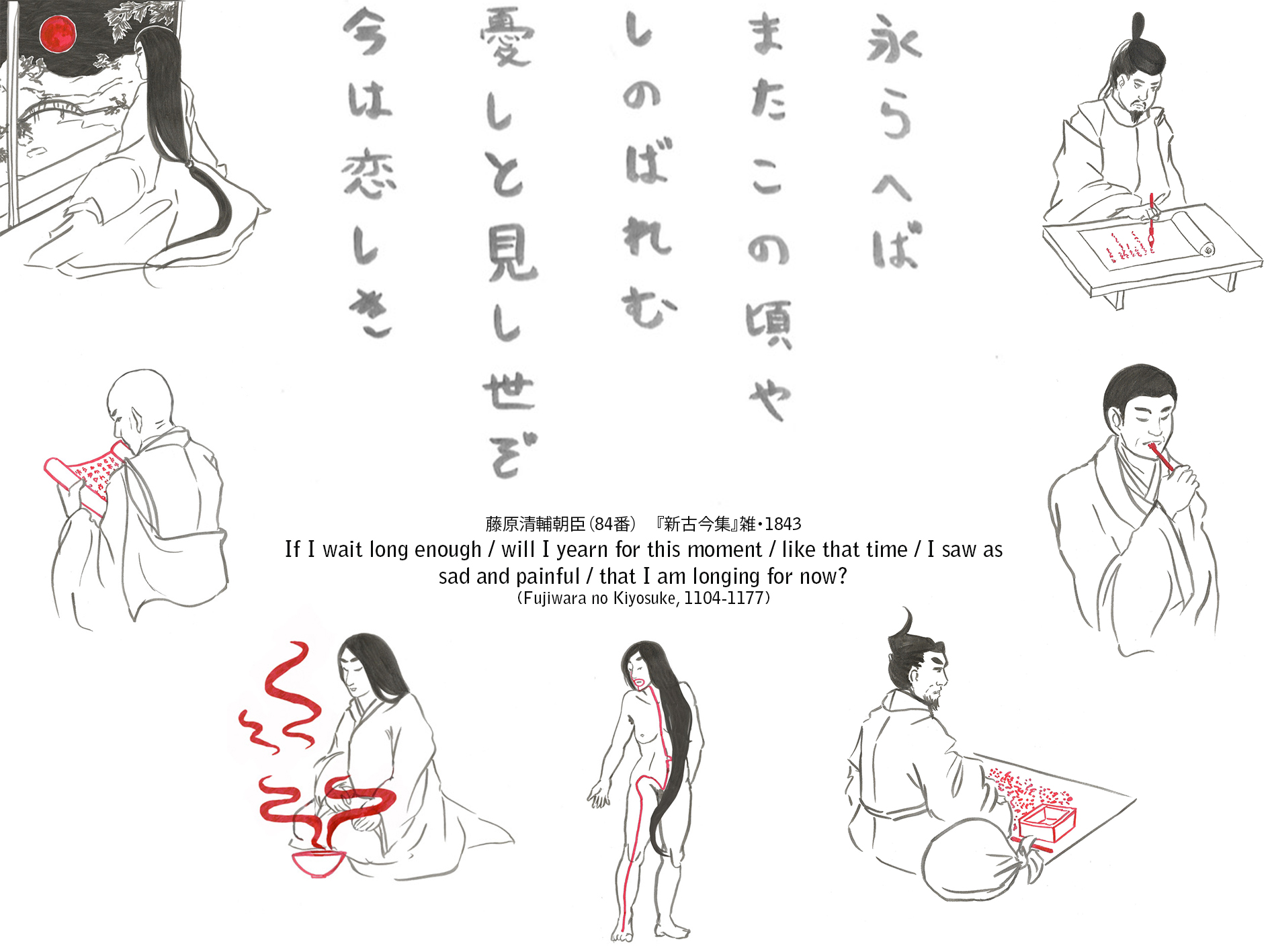Navigation auf uzh.ch
Navigation auf uzh.ch

© Alexandra Ciorciaro 2019
Human existence is fundamentally defined by time. However, throughout history and across cultures, societies have negotiated time in different ways. Thus, time refers not only to the concept of quantified linear time prevalent today, but to a plurality of culturally constructed aspects. It includes, for example, varying types of time units, the way in which activities are temporally coordinated, time-use, the conceptualisation and the experience of time.
TIMEJ furthermore takes a new approach to historical articulations of the concept of time, based on Ernst Cassirer's theory of symbolic forms. It examines symbolic representations and social regulations of time in a civilisation that is often contrasted with globalised modernity. However, instead of analysing medieval Japan as a unified "traditional" culture dominated by a single qualitative concept of time, we approach it as a dynamic and internally differentiated society. Thus we focus on its plural ways of registering, measuring, articulating, and regulating time with the aim to disclose the specific cultural practices operative in the respective ways it is negotiated. This will achieve a more comprehensive and detailed account of human strategies in dealing with this fundamental restriction of our existence.
To accomplish these goals, we examine representative spheres connected to various symbolic forms and socio-cultural agendas in medieval Japan in a carefully coordinated set of case studies. They are the Zen monastery, the imperial court and shogunal administration, and the market. Additionally, an intersectional case study explores the symbolic mediations of the menstrual cycle, connecting these spheres and uniting aspects of the physical, ritual and symbolic regulation of human body time.
Thus the project is subdivided into four research areas:
Each case study explores the symbolic forms prevalent in the respective settings and the aspects of time that are deemed relevant and are thus selected for symbolic articulation. To ensure mutual connectivity and coherence, they all share a methodological framework and a set of guiding questions (see methodology). In each research area, we analyse the chronography (time measurement and recording), chronopolicy (temporal regulations and time regimes) and the chronopoetics as well as chrononoetics (thematic expressions and conceptualizations of time) exhibited in the relevant sources. We pay particular attention to the conflicts that arise when established regimes of temporal regulation and expression clash with each other and with individual experience.
Thus, the main objectives of the project are:
to achieve a systematic assessment of dominant understandings, expressions and social uses of time in medieval Japan - a highly differentiated, non-Western pre-modern society.
to place them in the context of a general theory of time, based on the theory of symbolic forms. The results will be compared to the history of time in the Western world and integrated into a theory of the symbolic forms of time.
To make the results of the research available to a broader public, the findings of the research will provide the basis for the script of a screenplay. Furthermore, we will build a wiki of time in medieval Japan and an annotated bibliography.